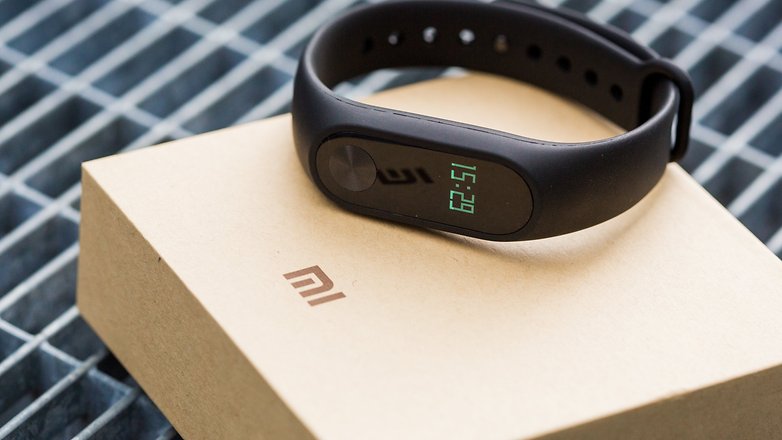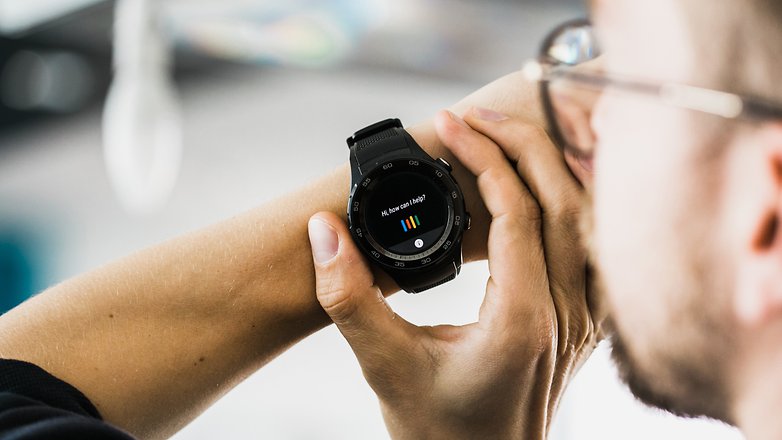Do you need a smart band or a smartwatch?
The world of wearable devices is vast and complicated: there are all types, sizes, colors and prices. I'm most often asked about the difference between smart bands and smartwatches, and which is better. In this article, I'll explain the differences to help you decide which is right for your needs.
Jump to section:
What are smart bands?
Connected bracelets or smart bracelets are called smart bands. In most cases, they have a simple form and their main function is to track and analyze your movements during the day. That's why, most smart bands have a pedometer, and sometimes also an optical heart rate sensor and various other sensors.
Smart bands are closer to the concept of a bracelet than a watch, but there are some smart bands with displays that can tell you the time and various other useful tidbits of information.

What are smartwatches?
Smartwatches are like regular watches, but with smart features. Their shape is close to that of a normal watch and usually these devices are paired with a smartphone to perform their main functions.
Smartwatches, in principle, all have a display that simulates the dial of a real clock, analog or digital. Thanks to the display, many other features are made possible, like reading notifications, interacting with them, using the apps installed on the smartwatch itself or choosing an alternate watch face that fits our style. There are also hybrid smartwatches with real hands and some limited smart functionality.

Which should you choose?
The choice between a smart band and a smartwatch is personal, but there are some things you should keep in mind when deciding which fits your needs best. First, you should ask yourself if you want to be able to read the time on your wrist. If the answer is yes, don't rule out smart bands entirely, because some can display time. Second, you should determine whether or not you're interested in monitoring your heart rate. If the answer is yes, you still don't have to rule out smart bands, as some like the Xiaomi Mi Band 2 have this feature.
Another question to ask yourself is if you want to use the wearable every day, or only when you are doing physical activity? Not only that, the last thing to consider is perhaps the most important of all: do you want to be able to interact with notifications?

The answers to those last two questions are the ones that move the needle from one category to the other. Smartwatches can inform you that a notification has arrived, and you can even interact with them by replying with quick responses or your voice. In addition, smartwatches have a more traditional design so they can fit in everyday situations, elegant dinners or work meetings.
On the other hand, smart bands are more conspicuous and sometimes brightly colored, though it depends on the model. Smart bands tend to have better battery life due to either having no display or just a small one, and no apps or notifications to sync. One of the few exceptions to this is the Gear Fit2 Pro, a smart band with a beautiful display and many apps available.

As you can surmise, the line between smartwatches and smart bands can be blurred at times and there are a few products that straddle the fence between the two categories. There are a lot of great devices out there, and now that you know what to keep in mind, I'll leave you with our guides to the best smartwatches and smart bands available:
Best of luck choosing your next wearable! If you have any questions for us or tips to share with other readers, feel free to leave us a comment.
Labels: Feed, Android, Web, Feedly,